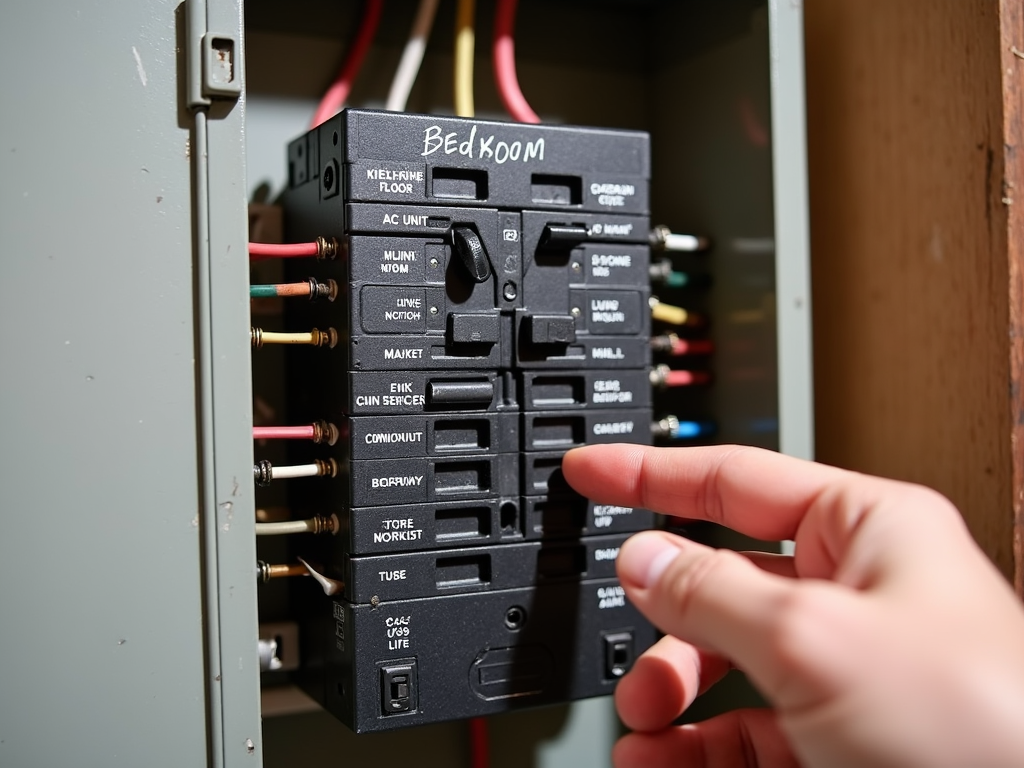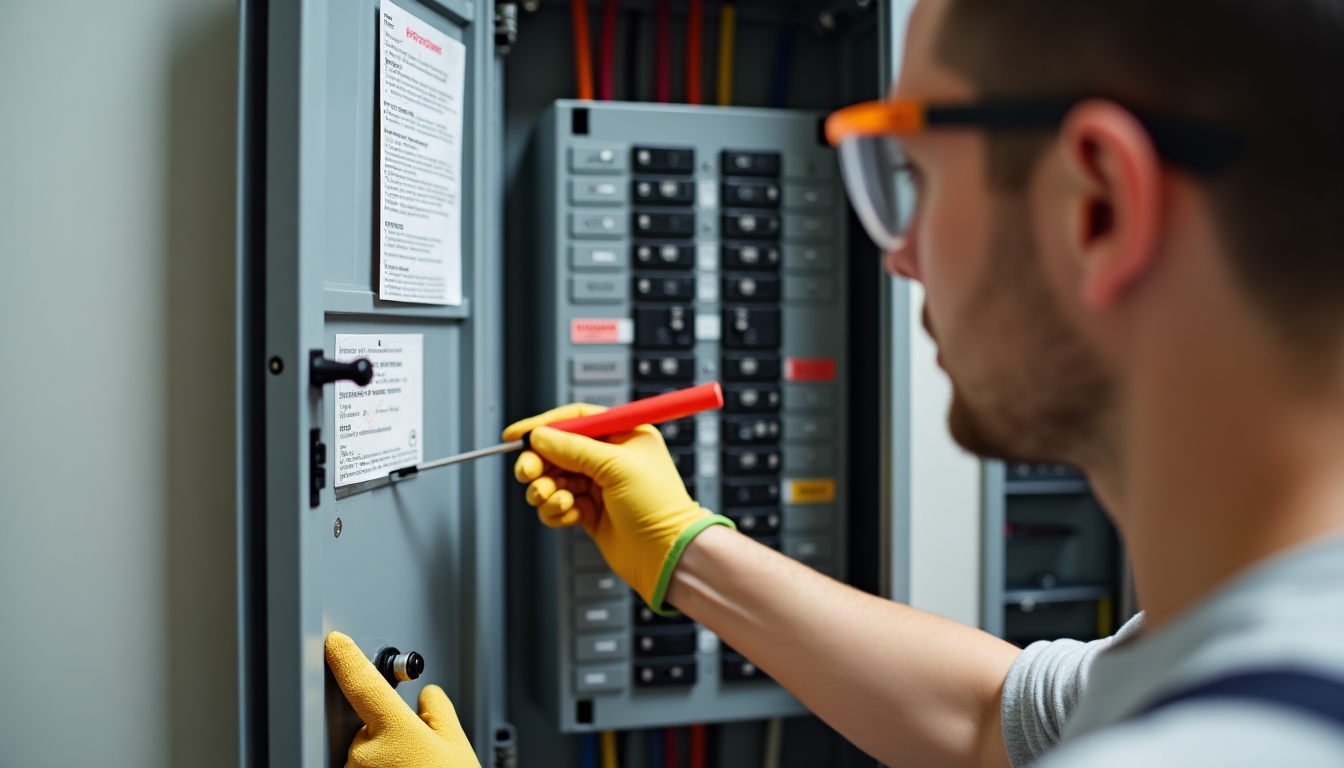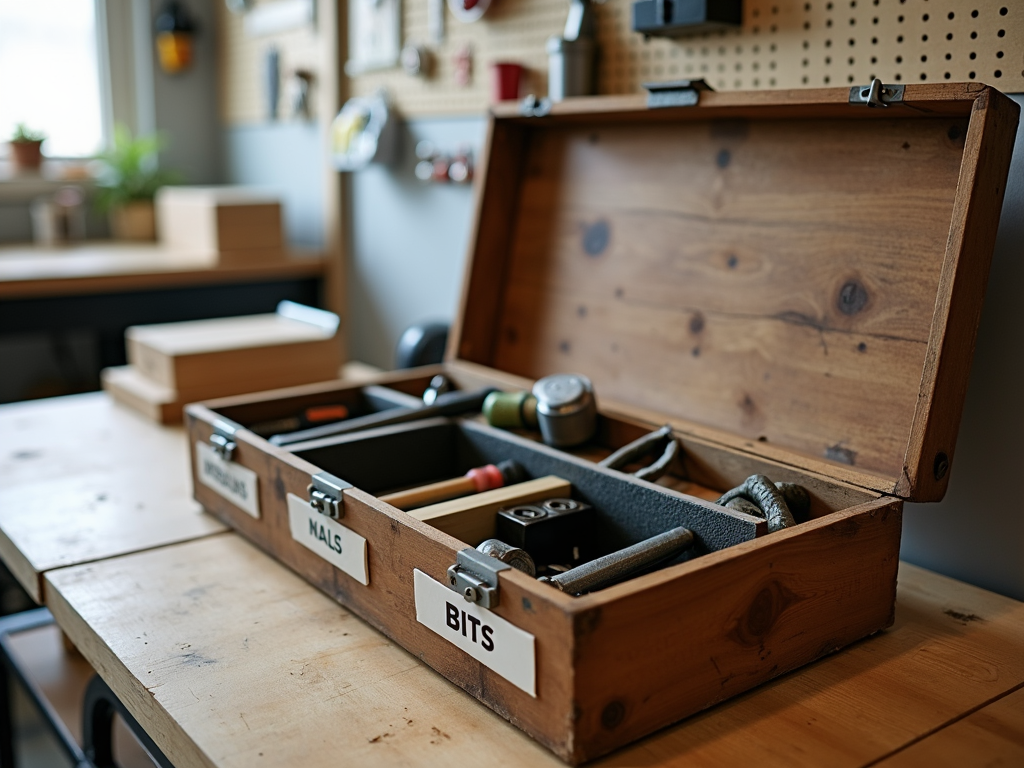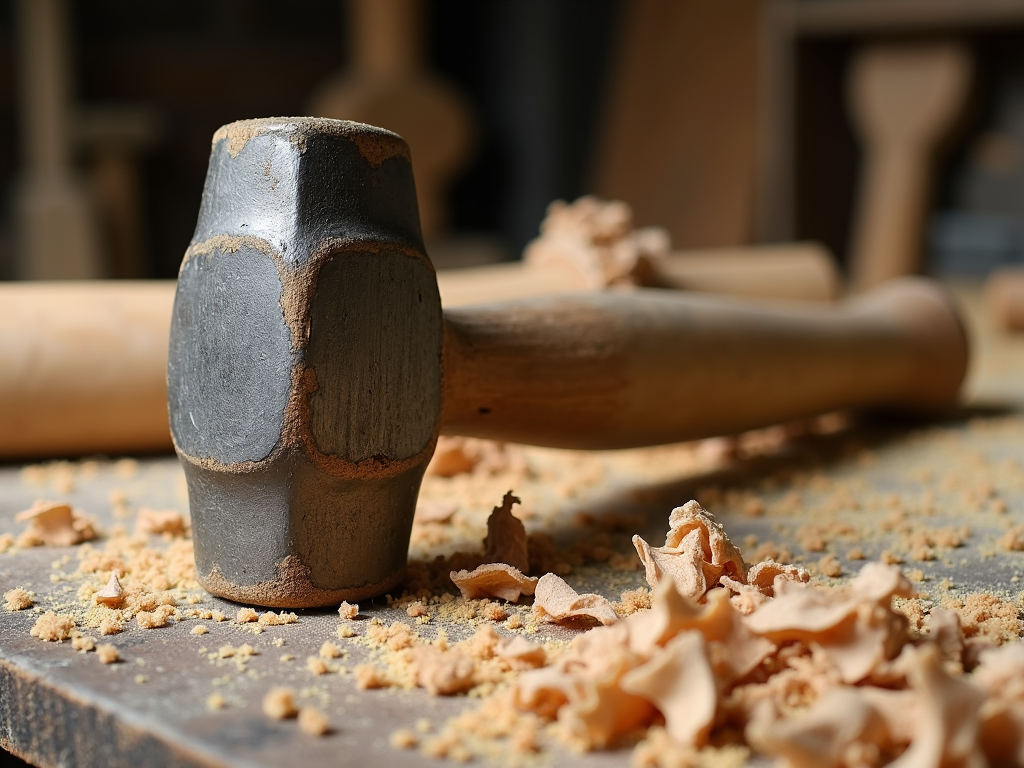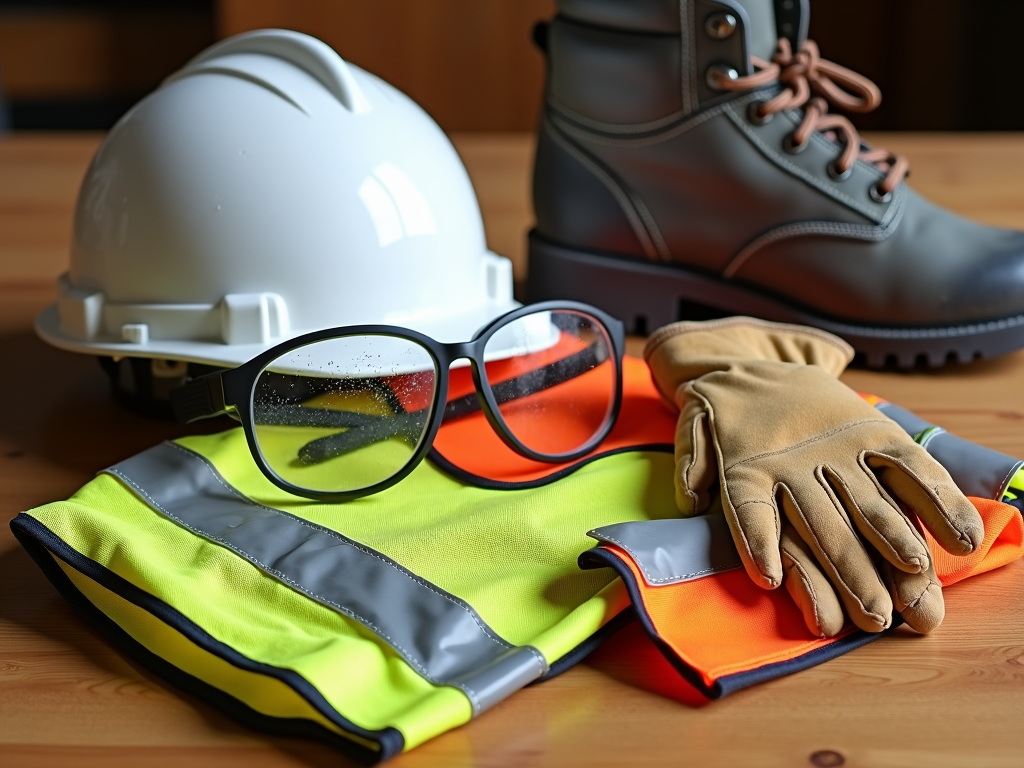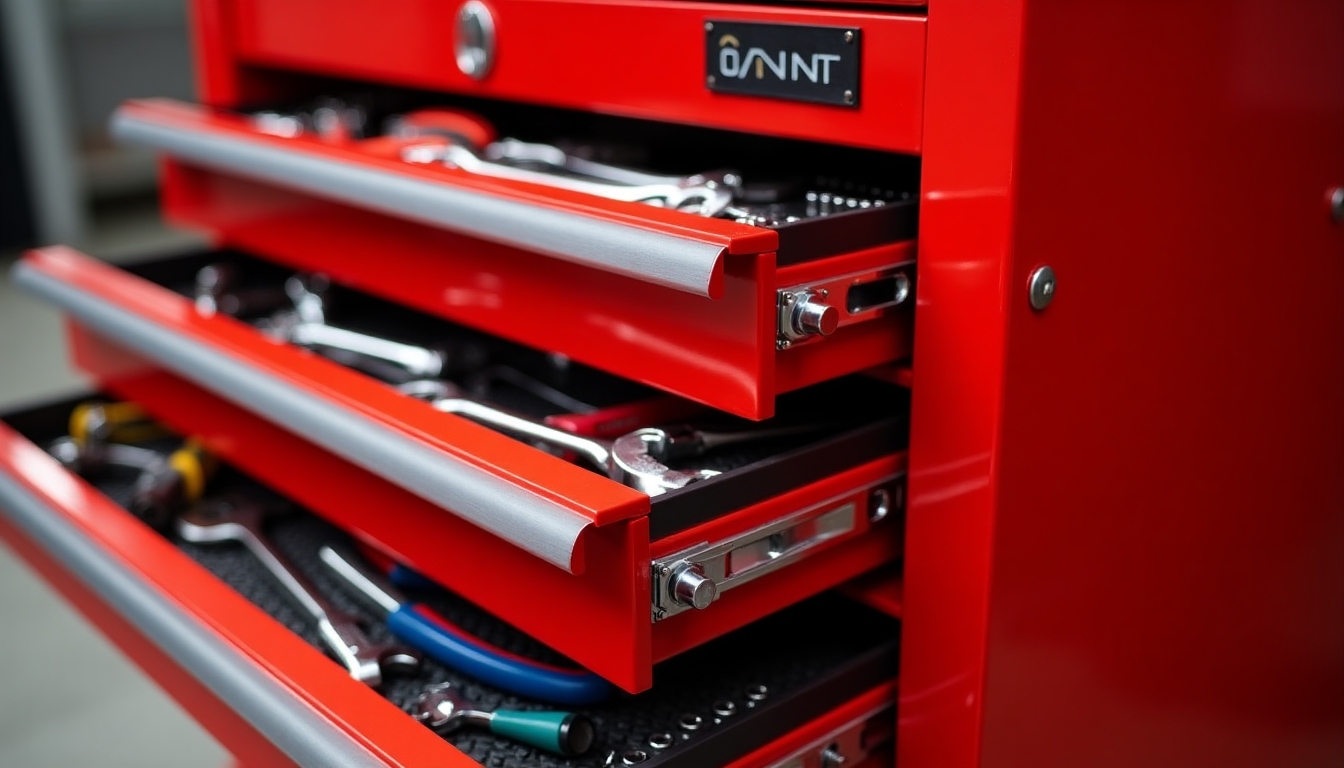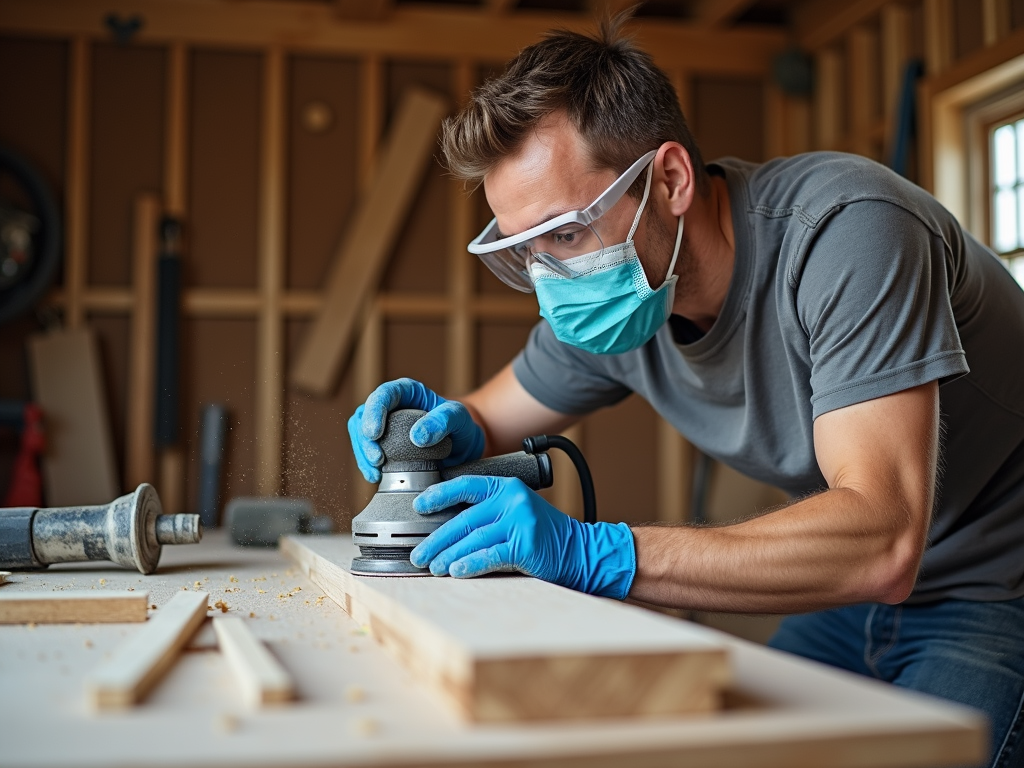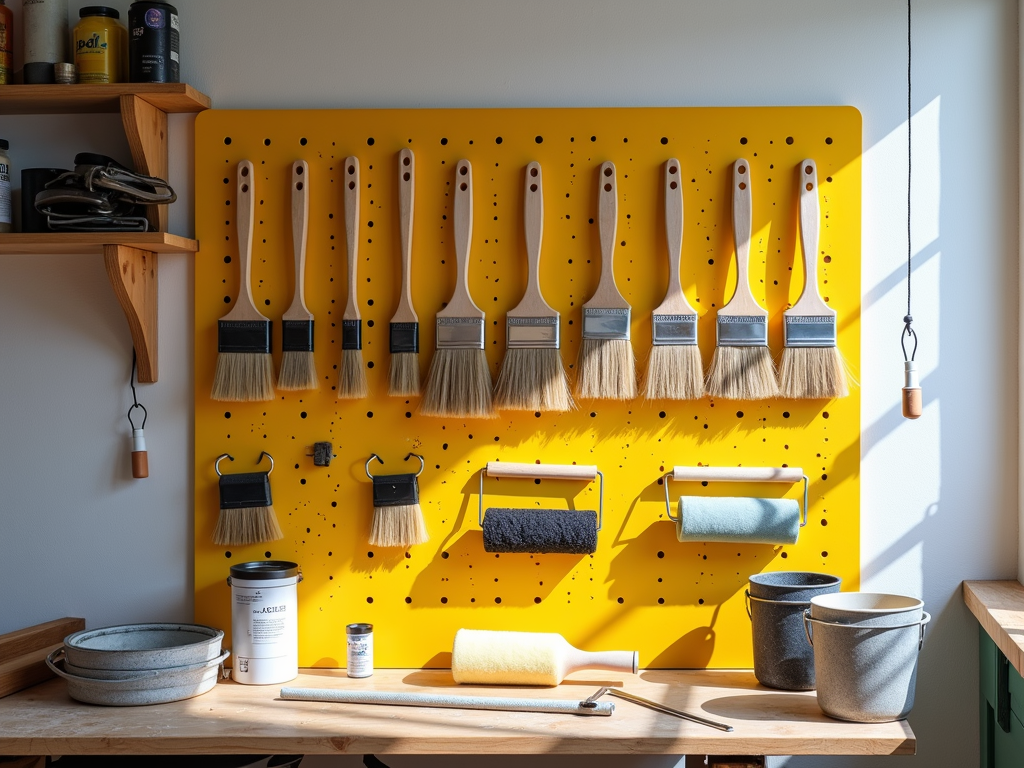Doing electrical repairs at home can feel overwhelming, but it doesn’t have to be risky. With the right safety practices, you can handle many tasks confidently. This guide walks you through the essentials—tools, gear, and smart steps to stay safe.
Why Safety Matters in Electrical Work
Electricity powers our homes, but it can also be dangerous if mishandled. I’ve seen a friend get a nasty shock from a live wire he thought was off. That’s why Safety Practices in Home Electrical Repairs are so important. One wrong move can lead to injury or even a fire. This article shares what I’ve learned over years of tinkering, so you can avoid those mistakes.
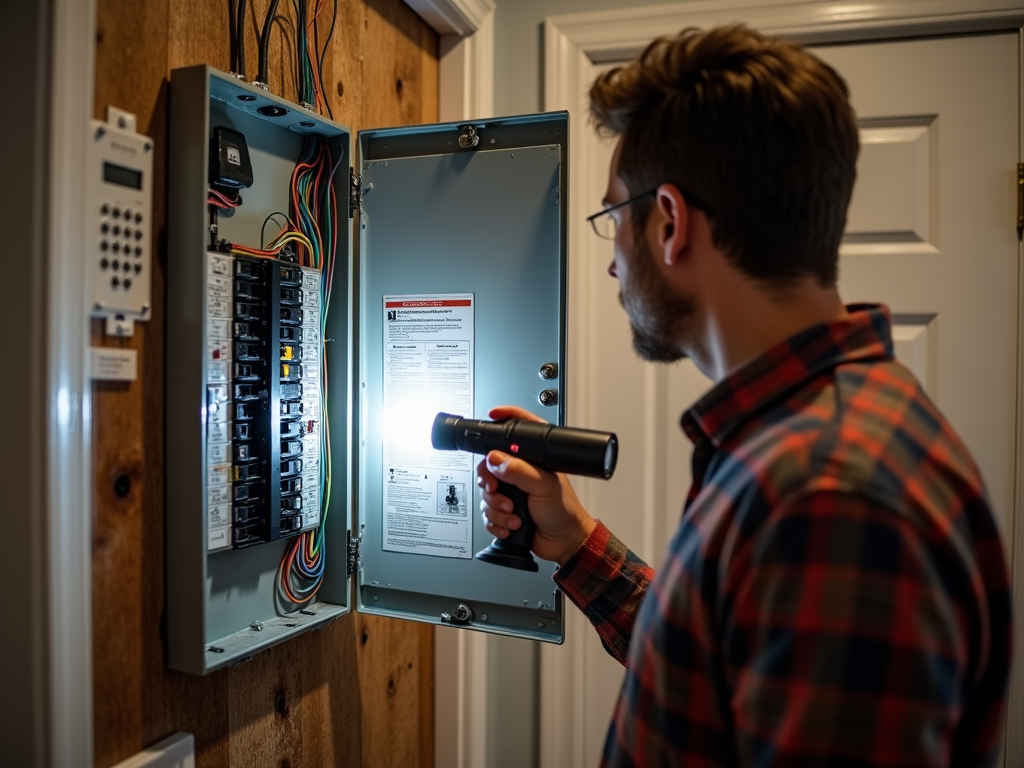
Understanding Your Home’s Electrical System
Before you grab a screwdriver, know how your home’s electrical system works. It starts at the circuit breaker panel, which splits power into circuits. Each circuit has a breaker that flips off if something goes wrong—like too many devices plugged in.
Grounding is another big deal. It sends stray electricity into the ground instead of through you. Once, I found a loose ground wire in my basement outlet. Fixing it made me feel a lot safer plugging things in.
Key Parts to Know
- Circuits: Paths electricity follows to lights and outlets.
- Breakers: Switches that stop power during overloads.
- Grounding: A safety net for stray current.
Get familiar with these, and you’ll spot trouble before it starts.
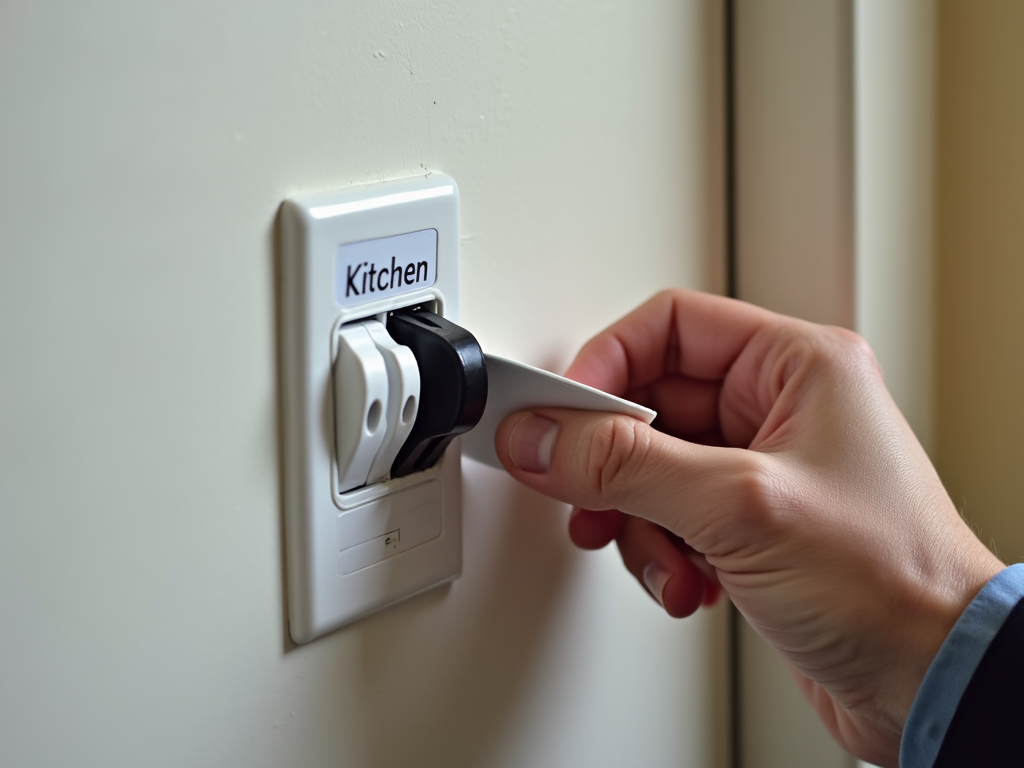
Your Comprehensive Guide to Electrical Tools
You can’t do electrical repairs without the right electrical tools. I learned this the hard way when I tried using a regular screwdriver on a live outlet—sparks flew! Here’s what you need in your toolbox:
- Insulated Screwdrivers: Keep shocks away with rubber handles.
- Voltage Tester: Checks if wires are live without touching them.
- Wire Strippers: Cuts insulation off wires cleanly.
- Pliers: Great for twisting wires in tight spots.
- Multimeter: Measures power to figure out what’s wrong.
These workman tools are must-haves. Check them for wear before you start—safety depends on it.
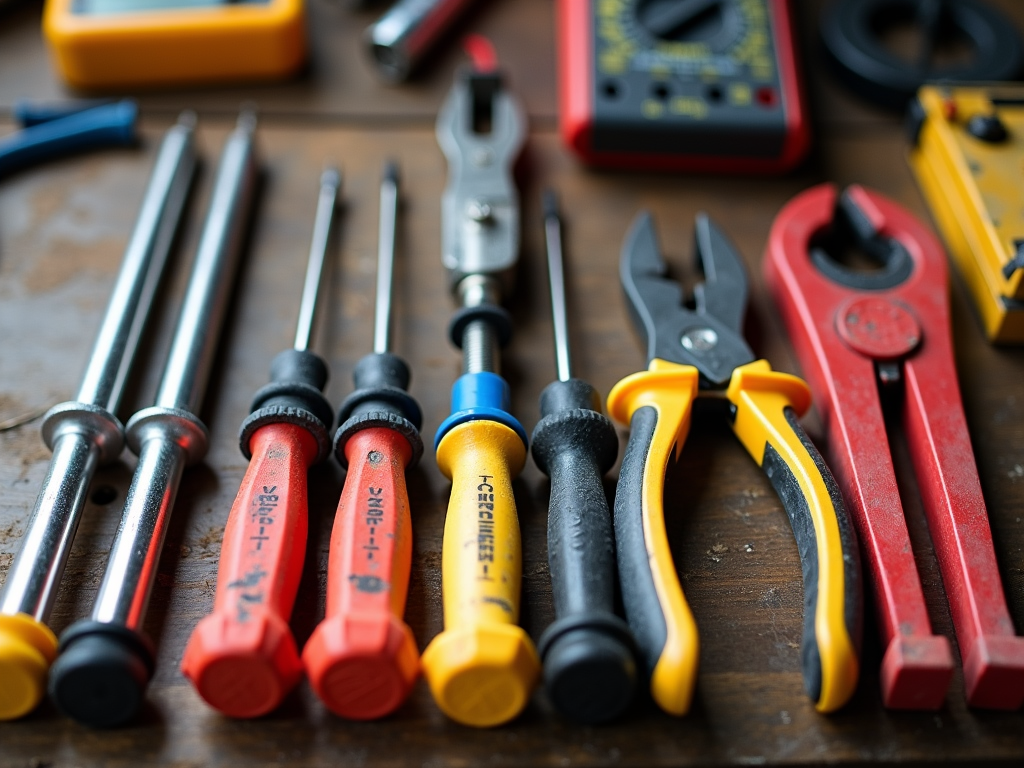
Safety Gear You Can’t Skip
Wearing safety gear isn’t optional—it’s a lifesaver. I once saw a spark fly while swapping a switch. My safety glasses stopped it from hitting my eye. Here’s what to wear:
| Gear | Why It Helps |
|---|---|
| Safety Glasses | Blocks sparks and debris |
| Insulated Gloves | Stops shocks from live wires |
| Rubber-Soled Shoes | Keeps you from conducting current |
| Fire-Resistant Shirt | Protects against burns if fires start |
Check your gear for cracks or tears every time. It’s only good if it works.
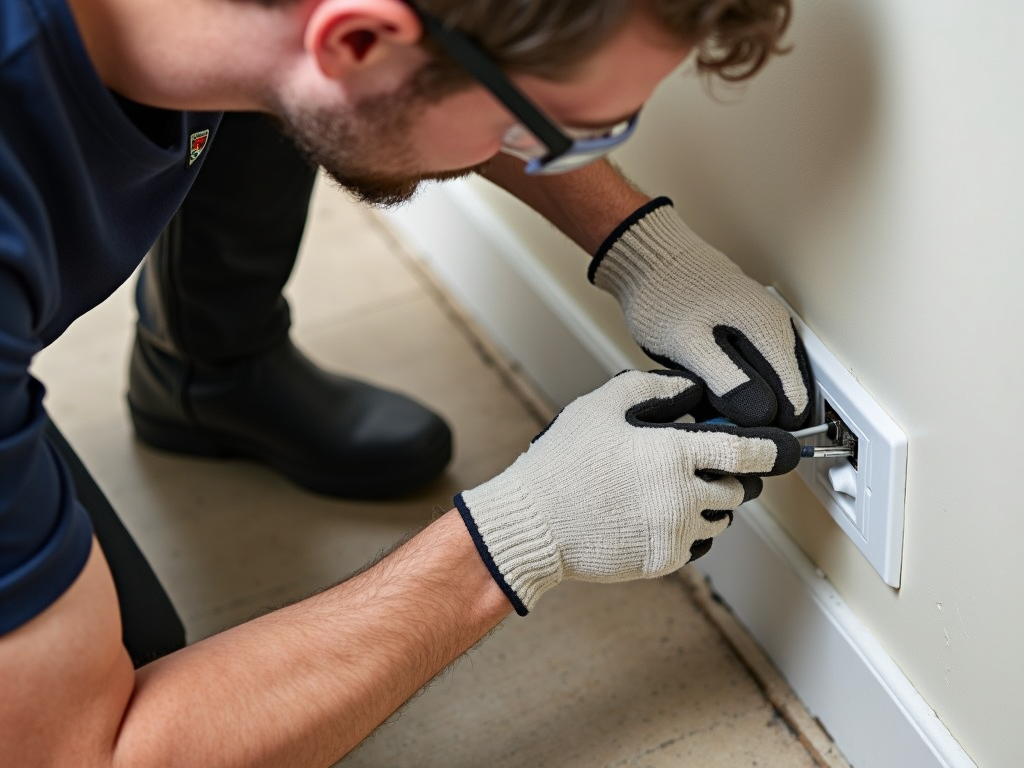
Safe Work Practices to Follow
Start every job with these steps. They’ve kept me safe through countless repairs:
- Shut Off Power: Find the breaker and flip it off. Double-check with a tester.
- Test for Voltage: Even after flipping the breaker, test wires. I’ve found ‘off’ circuits still live!
- Clear the Space: No water, no mess—keep it dry and simple.
- Use One Hand: Keeps current from crossing your chest if something goes wrong.
- Stay Dry: Wet hands or floors are a shock waiting to happen.
Skip these, and you’re asking for trouble.
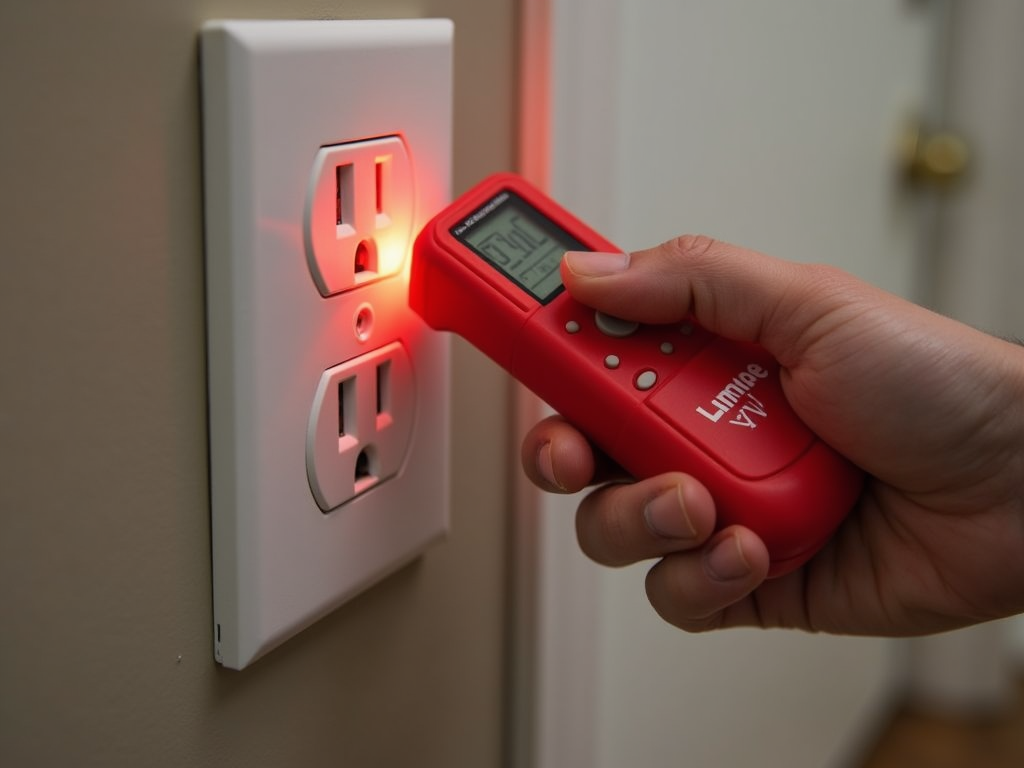
Fixing Common Electrical Problems
Some repairs are easy if you stay safe. I’ve replaced outlets and switches plenty of times—here’s how:
- New Outlet: Turn off power, pull the old one out, match wires to the new one (black to brass, white to silver), and screw it in.
- Light Switch: Same deal—power off, connect wires, and test it after.
- Loose Wire: Tighten it with a screwdriver, but only after the power’s off.
Take your time. Rushing leads to mistakes—like the time I swapped wires and blew a fuse.
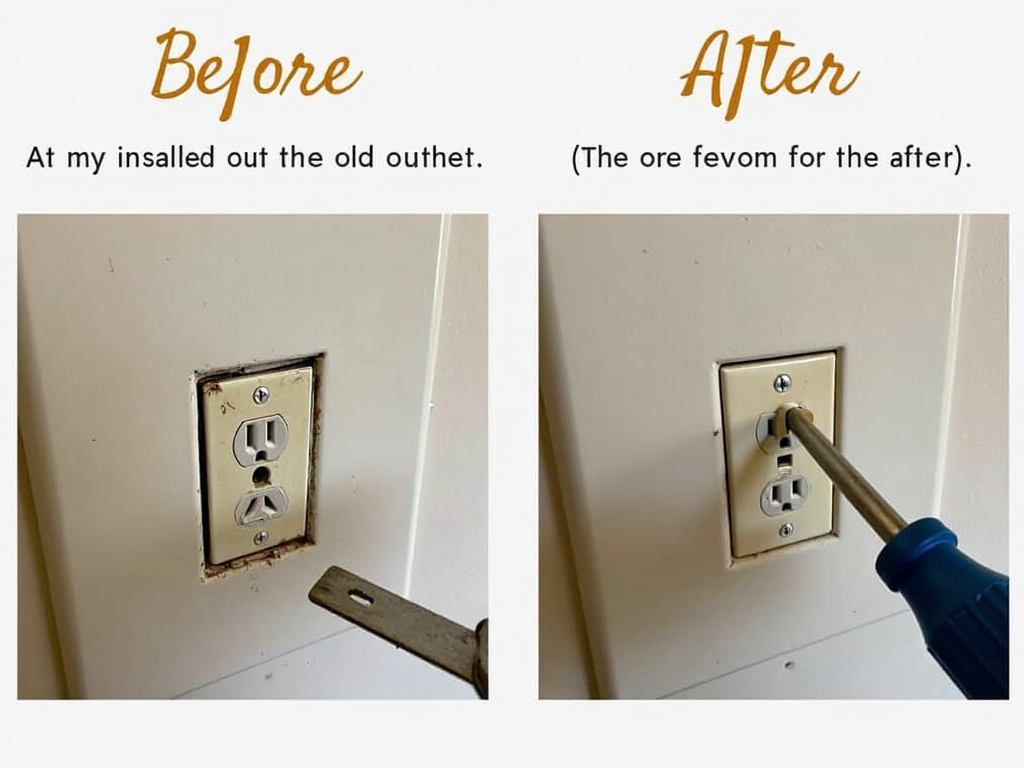
When to Call an Electrician
Not every job is DIY. I tried rewiring a room once and gave up—it was too much. Call a pro if:
- Big Rewiring: Too many wires to handle alone.
- Old Systems: Knob-and-tube or fuse boxes need expert eyes.
- Breaker Issues: Trips a lot? Something’s wrong deeper down.
- Danger Signs: Smells like burning or sparks fly—get help fast.
Pros have the skills and tools to fix what we can’t.
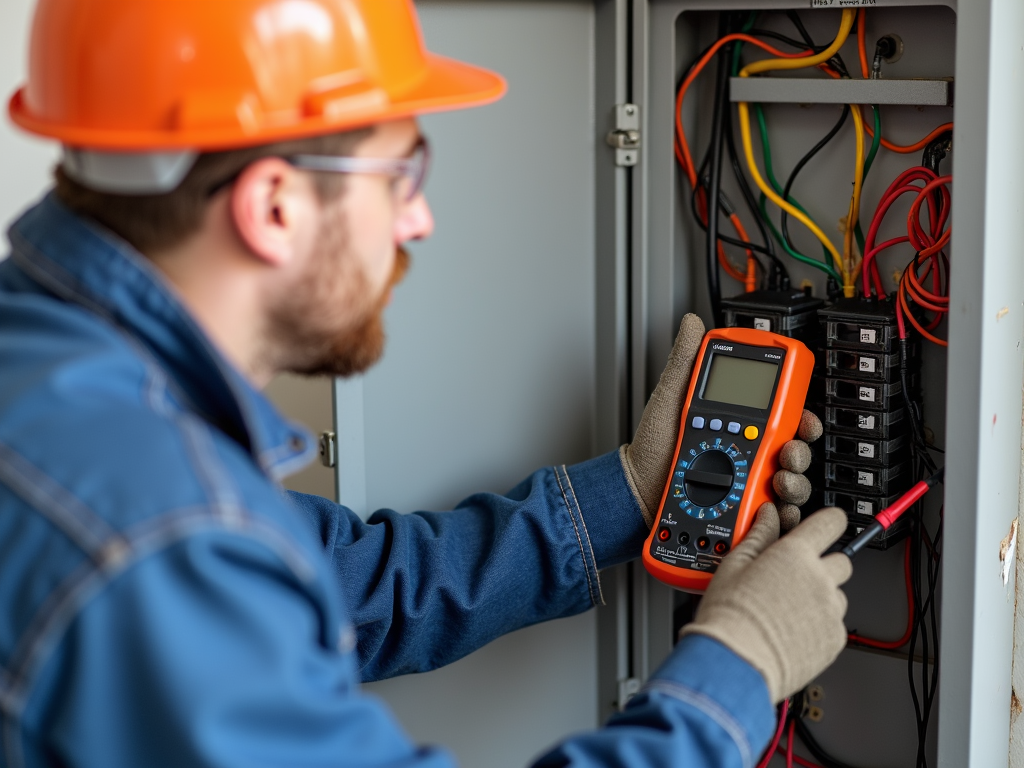
Wrapping It Up
Safety Practices in Home Electrical Repairs boil down to preparation and caution. Know your system, use the right electrical tools, wear gear, and follow smart steps. You’ll handle most fixes safely. For the big stuff, call a pro. Stay safe out there!
Related Safety Practices in Home Electrical Repairs:
- A Simple Guide to Your Home’s Electrical Setup
- Picking the Best Electrical Tools for Home Projects
- Advanced Electrical Tools for Automation
- Essential Safety Tips for Construction Workers
- Workshop Organization Tips for Maximizing Efficiency: A Handyman’s Guide
- Best Tool Storage Solutions for Small Garages
- The Top 10 Essential Tools Every Workman Should Own
- Safety Gear for Construction Workers: A Comprehensive Guide
- Tips and Tricks for Organizing Your Garage Tools
- Safety Gear Essentials for DIYers: Protect Yourself While You Work
- Maximizing Productivity with Ergonomic Tools
- 5 DIY Storage Ideas for Small Spaces: Organize Your Painting Tools Like a Pro
